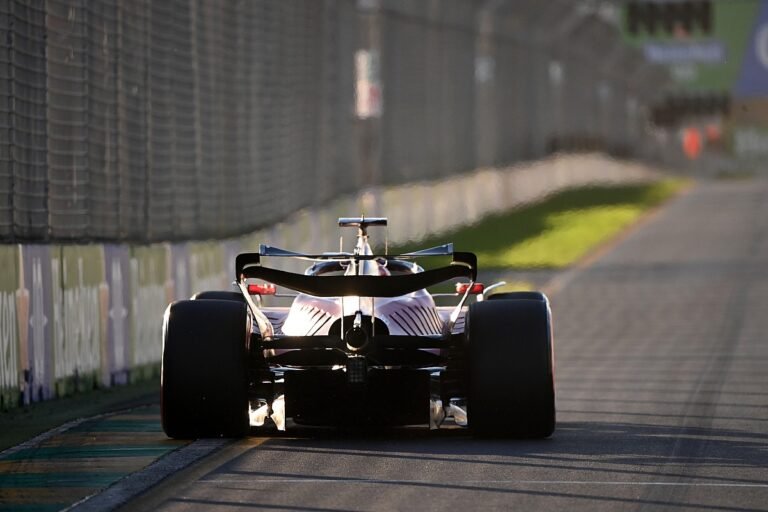DRS: Anatomy of F1’s Overtaking Aid
Introduction
The Drag Reduction System (DRS) remains a pivotal yet controversial tool in Formula 1, designed to facilitate overtaking and enhance competitive racing. Introduced in 2011, DRS allows drivers to reduce aerodynamic drag and increase speed when they are within one second of the car ahead, activating the system in designated sections of the track.
Technical Overview
DRS works by manipulating a flap on the rear wing, reducing downforce and allowing for increased straight-line speed. While initially hoped to become less influential following the introduction of new aerodynamic regulations in 2022, DRS continues to be a major factor in overtaking strategy. Despite the improvements in “clean air” racing that the new regulations intended to achieve, many experts note that DRS still substantially impacts race dynamics.
Debate on Effectiveness and Skill
The legitimacy of DRS as a driving aid has sparked debate among drivers and pundits. Juan Pablo Montoya compared its use to "giving Picasso Photoshop," suggesting it may undermine the artistry of overtaking. Critics argue that the system provides an unfair edge, effectively reducing the need for skill in high-pressure passing maneuvers.
Current Applications and Usage Rules
During races, DRS can only be engaged when a driver is within one second of the car ahead, measured at specific "detection" points. Activation occurs in designated DRS zones, where drivers must manually press a button to open the rear wing flap. Notably, DRS cannot be activated during the opening lap, after restarts, or in certain unsafe conditions.
Variability Across Tracks
The number of DRS zones varies by circuit, with tracks that historically exhibit difficulties in overtaking often featuring more zones. Examples include the recent introduction of multiple zones at circuits like Albert Park, designed to maximize overtaking opportunities. However, concerns about safety have led to the retraction of certain zones in past events.
Context and Future
With the ongoing evolution of F1’s aerodynamics and the upcoming rule changes set for 2026, the long-term fate of DRS is in question. While it currently plays a crucial role in overtaking dynamics, continued advancements could potentially alter its necessity in future seasons.
In summary, while DRS has facilitated a more dynamic racing experience since its inception, its role within the sport remains contentious. Ongoing discussions among stakeholders indicate that the debate surrounding its effectiveness and impact is far from over.



